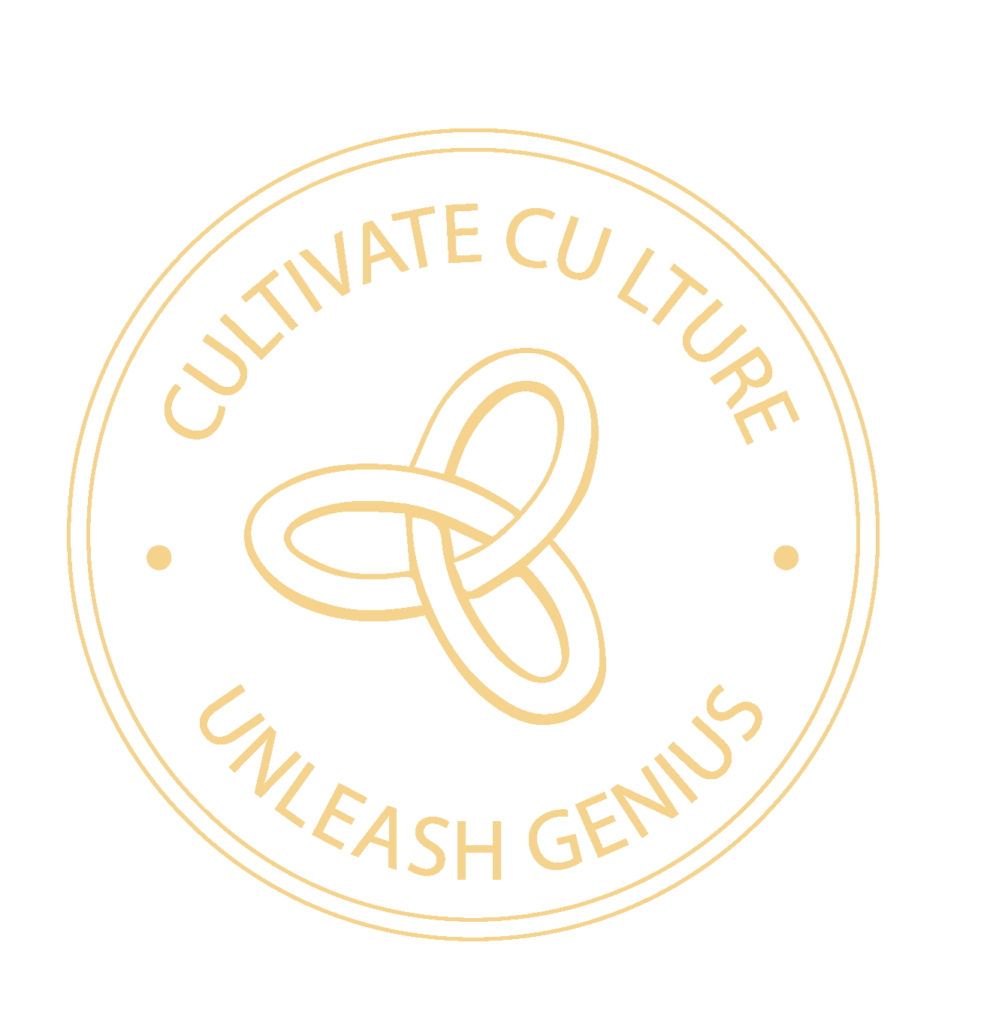HIV/AIDS Awareness Month:
A Guide for Employers
A workplace that prioritizes employee health and well-being fosters a positive and productive environment. Each December, HIV/AIDS Awareness Month serves as a reminder that this disease remains a significant global health crisis, despite advancements in prevention and treatment.
The History of HIV/AIDS Awareness Month
The Business Case for Recognizing HIV/AIDS Awareness Month
Recommendations for Recognizing HIV/AIDS Awareness Month at Work
- Educate Your Employees
Implementing HIV/AIDS awareness training for all employees is a crucial step in reducing stigma and fostering understanding. This could involve inviting experts in HIV/AIDS, such as a representative from your local Department of Health or an organization like AIDS United, to conduct a seminar on respectful language and behaviors, promoting understanding, and creating a confidential space for employees to discuss HIV-related issues.
Supporting the formation of employee resource groups (ERGs) focused on HIV/AIDS awareness and support can also provide a sense of community and advocacy for employees living with HIV. - Partner with Global and Community Organizations
Consider kicking off the month by participating in the World AIDS Day Rock the Ribbon Campaign as a company, distributing red ribbons to employees, and taking to social media to show your solidarity with those living with HIV. Deepen your learning by sharing stories of those involved in the movement to fight AIDS with members of your team through the ACT UP Oral History Project, leveraging Culture Refinery’s book club framework to discuss your key takeaways.
You can make a difference in your local community, as well! Collaborating with area HIV/AIDS organizations through financial contributions, volunteerism, or in-kind donations can help support their programs and initiatives. Working in partnership with a healthcare provider to offer confidential on-site HIV testing to employees one day this December can also help reduce barriers to testing and encourage early diagnosis within your workforce. - Offer Comprehensive Healthcare Benefits
Ensuring that your health insurance plan covers the cost of HIV prevention and treatment, including pre-exposure prophylaxis (PReP) and antiretroviral therapy (ART), is essential. Providing access to mental health services can also be crucial as dealing with a chronic illness can have a significant impact on mental health. Additionally, offering substance abuse treatment programs as needed can be beneficial, as substance abuse can increase the risk of HIV transmission and complicate treatment. Review your healthcare plan to ensure adequate coverage is available to your employees as we move into the new year.
A workplace that values employee health and well-being is a cornerstone of organizational success, cultivating a culture of trust, respect, and collaboration that ultimately benefits both individual employees and the organization as a whole. By taking steps to reduce the stigma around HIV/AIDS and increase access to prevention and treatment within their workforce, leaders can contribute to the global fight against the disease — and potentially make a significant difference in the lives of their employees, too.



